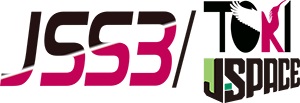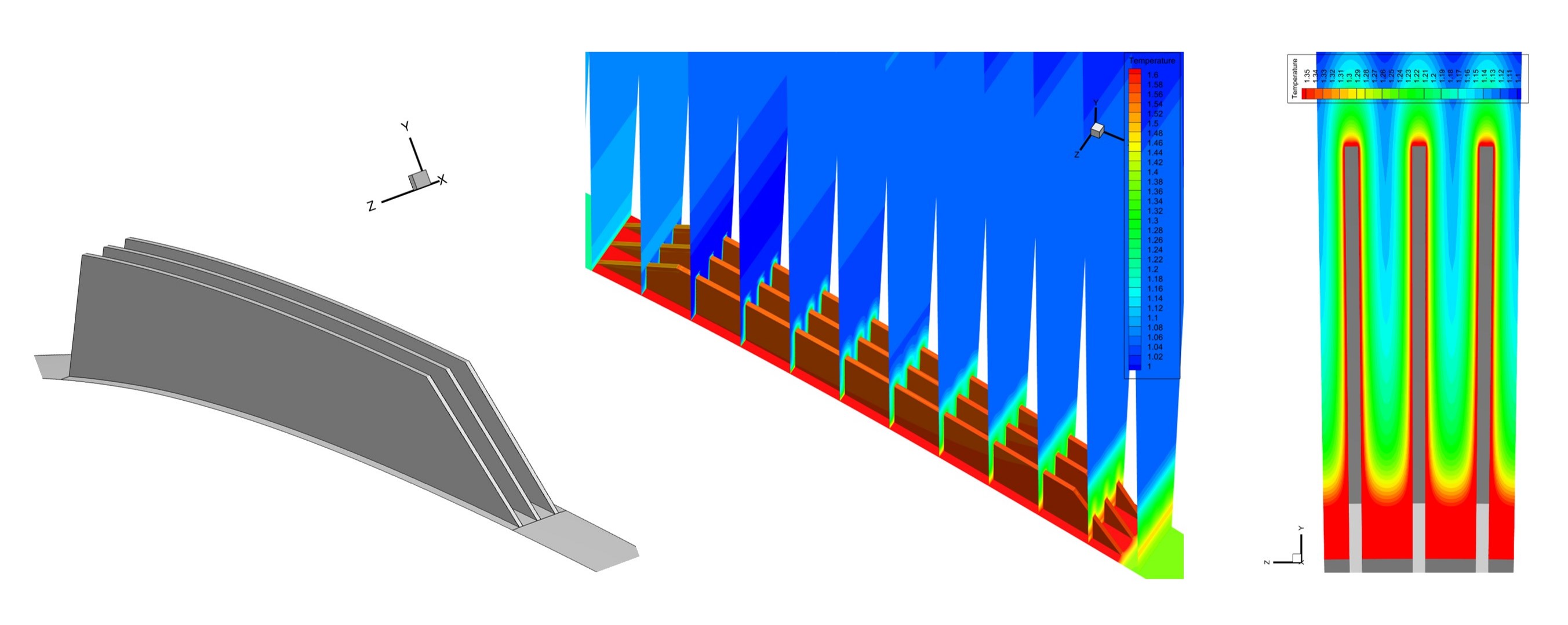Research and Development of Emission Free Aircraft Technologies
JAXA Supercomputer System Annual Report February 2022-January 2023
Report Number: R22EDA102H01
Subject Category: Aeronautical Technology
- Responsible Representative: Akira Nishizawa, Aeronautical Technology Directorate
- Contact Information: Yuzuru Yokokawa(yokokawa.yuzuru@jaxa.jp)
- Members: Atsushi Hashimoto, Hiroshi Kobayashi, Taisuke Nambu, Takayuki Sakurai, Keisuke Sugaya, Marie Tanno, Hirotaka Tsutsui, Keiji Ueshima, Kanako Yasue, Yuzuru Yokokawa
Abstract
With the ultimate goal of achieving emission-free (zero emissions) aircraft, research and development of electric hybrid propulsion system is conducted, which includes the WAT(Wake Adaptive Thruster) fans at the end of fuselage, and new configuration of electric aircraft that apply them, as well as feasibility study of technical demonstration systems.
Reference URL
Please refer to https://www.aero.jaxa.jp/eng/research/frontier/feather/ .
Reasons and benefits of using JAXA Supercomputer System
The JSS3 is used to design a passenger aircraft equipped with an turbo-electric hybrid propulsion system. Because a huge computational resource is required to handle both thermodynamics and aerodynamics, JSS3 is essential for the execution of this research and development.
Achievements of the Year
Two analyses were performed. One of them was the aerodynamic shape design of an electric hybrid aircraft with a fuselage WAT fan. FaSTAR-Move with an actuator disk function was used as a solver, and analyses were performed for varying the fuselage tail and WAT fan nacelles, as well as for simulating wind tunnel tests (Figure 1). The other analysis was performed for the SACOC (Surface Air Cooled Oil Cooler) fins used to cool the electric elements, using FaSTAR as the solver, and parametric studies were conducted on fin height, spacing, and geometry. (Figure 2)

Fig.1: Simulation of an electric hybrid aircraft model equipped with a WAT fan in lowspeed wind tunnel.
Publications
N/A
Usage of JSS
Computational Information
- Process Parallelization Methods: MPI
- Thread Parallelization Methods: OpenMP
- Number of Processes: 36 – 768
- Elapsed Time per Case: 12 Hour(s)
JSS3 Resources Used
Fraction of Usage in Total Resources*1(%): 0.13
Details
Please refer to System Configuration of JSS3 for the system configuration and major specifications of JSS3.
| System Name | CPU Resources Used(Core x Hours) | Fraction of Usage*2(%) |
|---|---|---|
| TOKI-SORA | 3287627.92 | 0.14 |
| TOKI-ST | 5868.99 | 0.01 |
| TOKI-GP | 0.00 | 0.00 |
| TOKI-XM | 0.00 | 0.00 |
| TOKI-LM | 861.68 | 0.06 |
| TOKI-TST | 0.00 | 0.00 |
| TOKI-TGP | 0.00 | 0.00 |
| TOKI-TLM | 0.00 | 0.00 |
| File System Name | Storage Assigned(GiB) | Fraction of Usage*2(%) |
|---|---|---|
| /home | 182.50 | 0.17 |
| /data and /data2 | 48884.88 | 0.38 |
| /ssd | 2142.69 | 0.30 |
| Archiver Name | Storage Used(TiB) | Fraction of Usage*2(%) |
|---|---|---|
| J-SPACE | 20.27 | 0.09 |
*1: Fraction of Usage in Total Resources: Weighted average of three resource types (Computing, File System, and Archiver).
*2: Fraction of Usage:Percentage of usage relative to each resource used in one year.
ISV Software Licenses Used
| ISV Software Licenses Used(Hours) | Fraction of Usage*2(%) | |
|---|---|---|
| ISV Software Licenses(Total) | 1193.53 | 0.83 |
*2: Fraction of Usage:Percentage of usage relative to each resource used in one year.
JAXA Supercomputer System Annual Report February 2022-January 2023



